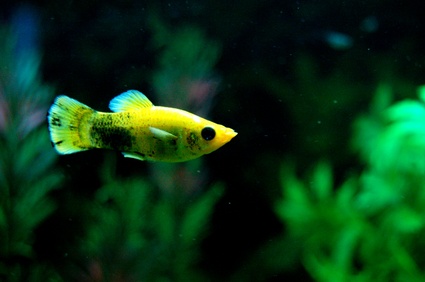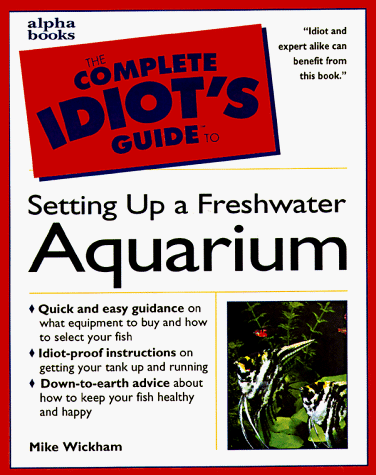There are three main types of filtration: biological, mechanical and chemical. Mechanical filters aid in the physical removal of solid particles. Chemical filters purify the water by chemical reactions that take place at the cellular, microbial, and atomic levels. In most cases, it is best to incorporate all three types for optimum results. Biological filters encourage the growth of nitrifying bacteria that breakdown ammonia to less toxic chemicals. This breakdown process by the bacteria is known as the Nitrogen Cycle.
Mechanical Filtration
Removal of solid particles is done by mechanical filtration. This type of filter provides a means of removing free-floating waste such as uneaten food before it has a chance to decay. The debris is removed by means of a filter material such as sponges and floss. For a mechanical filter to be effective, the filter medium needs to be replaced every 2-4 weeks. If the medium is not changed, waste can still decay on the filter material.
Chemical Filtration
Chemical filtration removes dissolved wastes. The most common type of chemical filtration is activated carbon Activated carbon pulls dissolved organics from the water by adsorbing them. A granular material usually produced by roasting and then steam-treating cellulose based substances, such as wood or coconut shells, The steaming process makes the carbon extremely porous. Porous substances have extensive surface area. As the water passes over carbon, the carbon chemically attracts pollutants that adhere to the surface of the carbon. Since carbon works by chemically attracting pollutants to its surface, once the surface area is covered with dissolved organics, the carbon is exhausted and must be replaced. The spent carbon should be replaced every 2-4 weeks.
Biological Filtration
In the Nitrogen Cycle, waste products generated by fish and invertebrates, along with any dead organisms or uneaten foods, are broken down by bacteria into ammonia. Ammonia is extremely toxic to all of the aquarium inhabitants and is broken down into nitrites by the aerobic bacteria Nitrosomonas. Although nitrites are not as toxic as ammonia, even at low concentrations in the aquarium, they can still be harmful to fish and invertebrates. Other aerobic bacteria called Nitrobacter, act in a similar way as Nitrosomonas and further breaks down nitrites into relatively harmless nitrates. Nitrates, at low to moderate levels, will not harm most fish or invertebrates. At high levels, nitrate can be the source of algae problems, cause kidney, liver and eye problems for your fish, as well as suppress their appetite and prevent their gills from absorbing oxygen from the water if not controlled by chemical filtration and partial water changes. The main ingredients for an abundance of aerobic bacteria in a biological filter are surface area and oxygen. There must be a sufficient surface area for a these aerobic bacteria to grow and their need for oxygen must be met. The capacity of a biological filter is determined by the available surface area for bacterial growth and the oxygen content of the water passing over them. Not all filters have the same capacity when it comes to biological filtration. Filters in which the biological media is exposed to the air are going to have the greatest capacity. When is comes to aquarium supply, do your research and choose carefully.
Copyright 2006 Ron Looker

 Life Span of Female Betta Fish Vs. Male
Life Span of Female Betta Fish Vs. Male
Life Span of Female Betta Fish Vs. Male
Life Span of Female Betta Fish Vs. Male
 Types of Fish for Freshwater Aquariums
Types of Fish for Freshwater Aquariums
Types of Fish for Freshwater Aquariums
Types of Fish for Freshwater Aquariums
 What Causes Fish to Die in a Pond?
What Causes Fish to Die in a Pond?
Wha
What Causes Fish to Die in a Pond?
What Causes Fish to Die in a Pond?
Wha
 10 Really Ugly Fish
Ugly ... ?Well of course bea
10 Really Ugly Fish
Ugly ... ?Well of course bea
 Changing Filter Cartridge During New Tank Syndrome
Starting your first fish tan
Changing Filter Cartridge During New Tank Syndrome
Starting your first fish tan